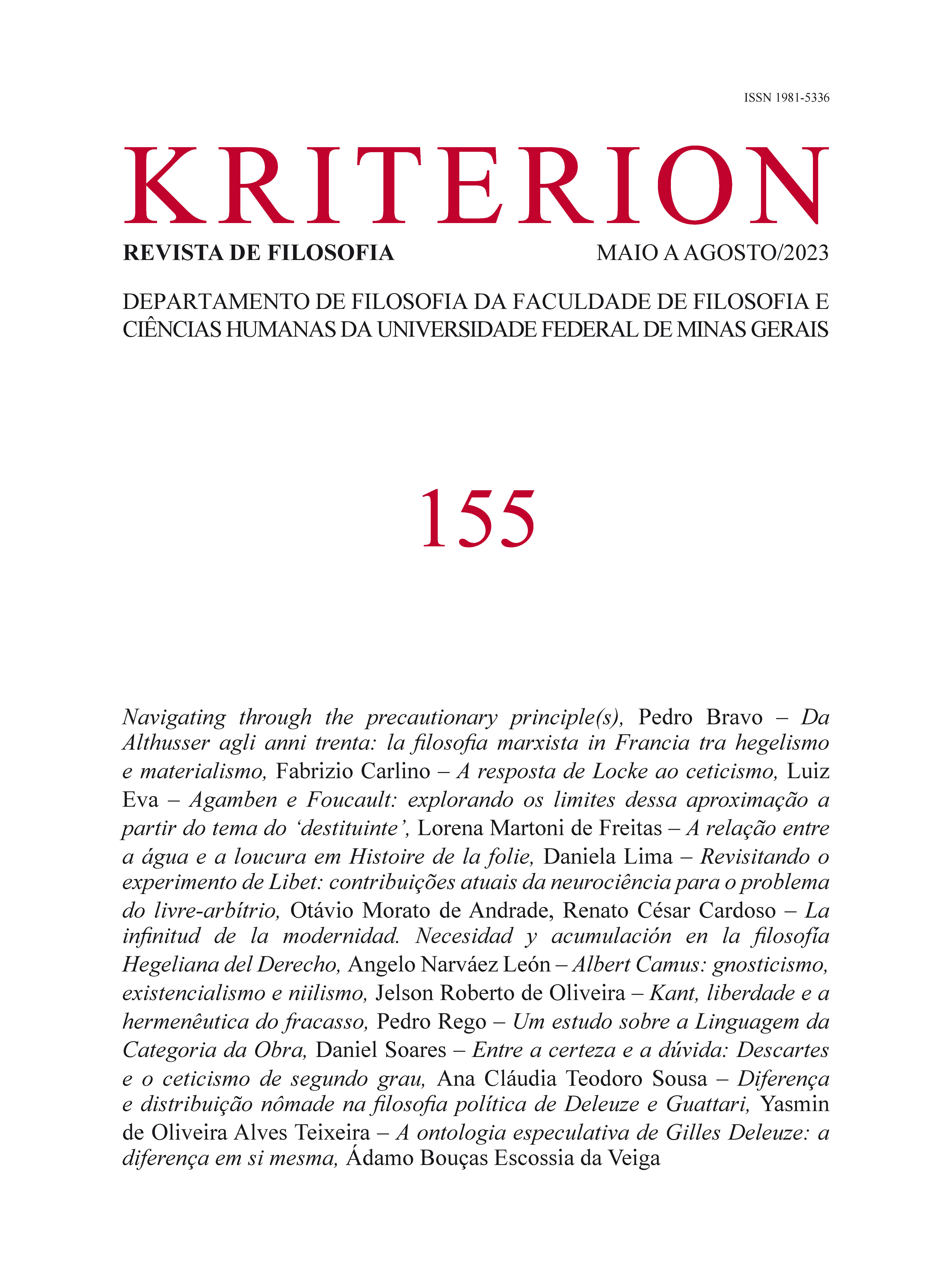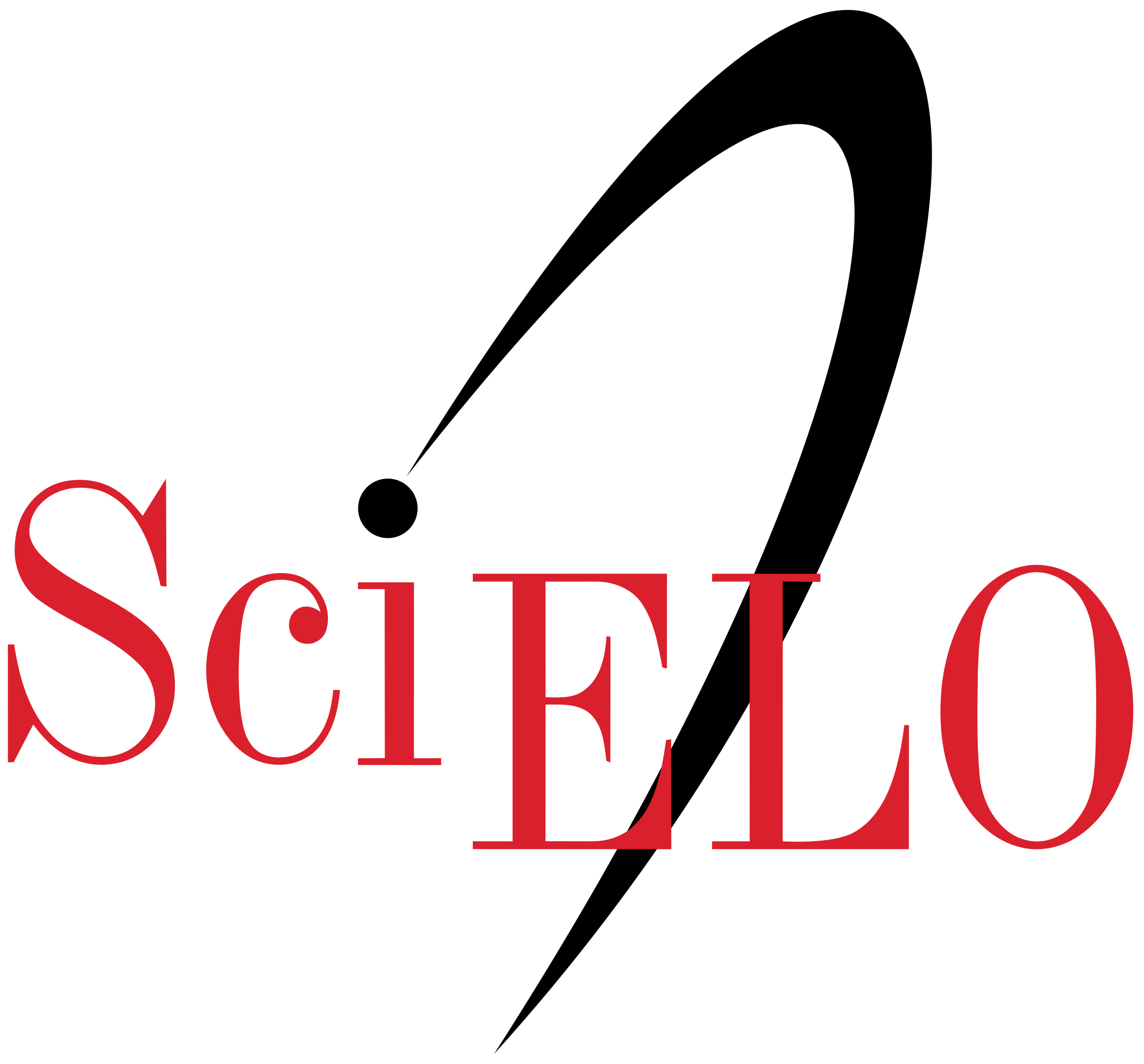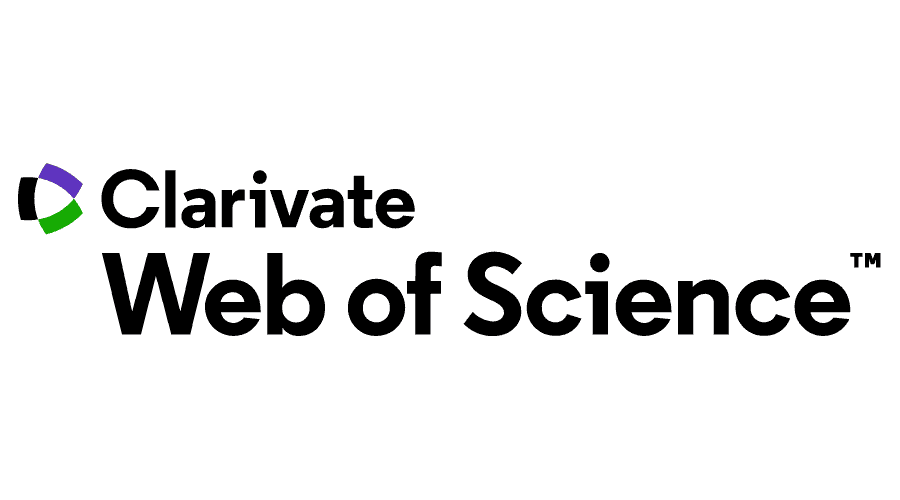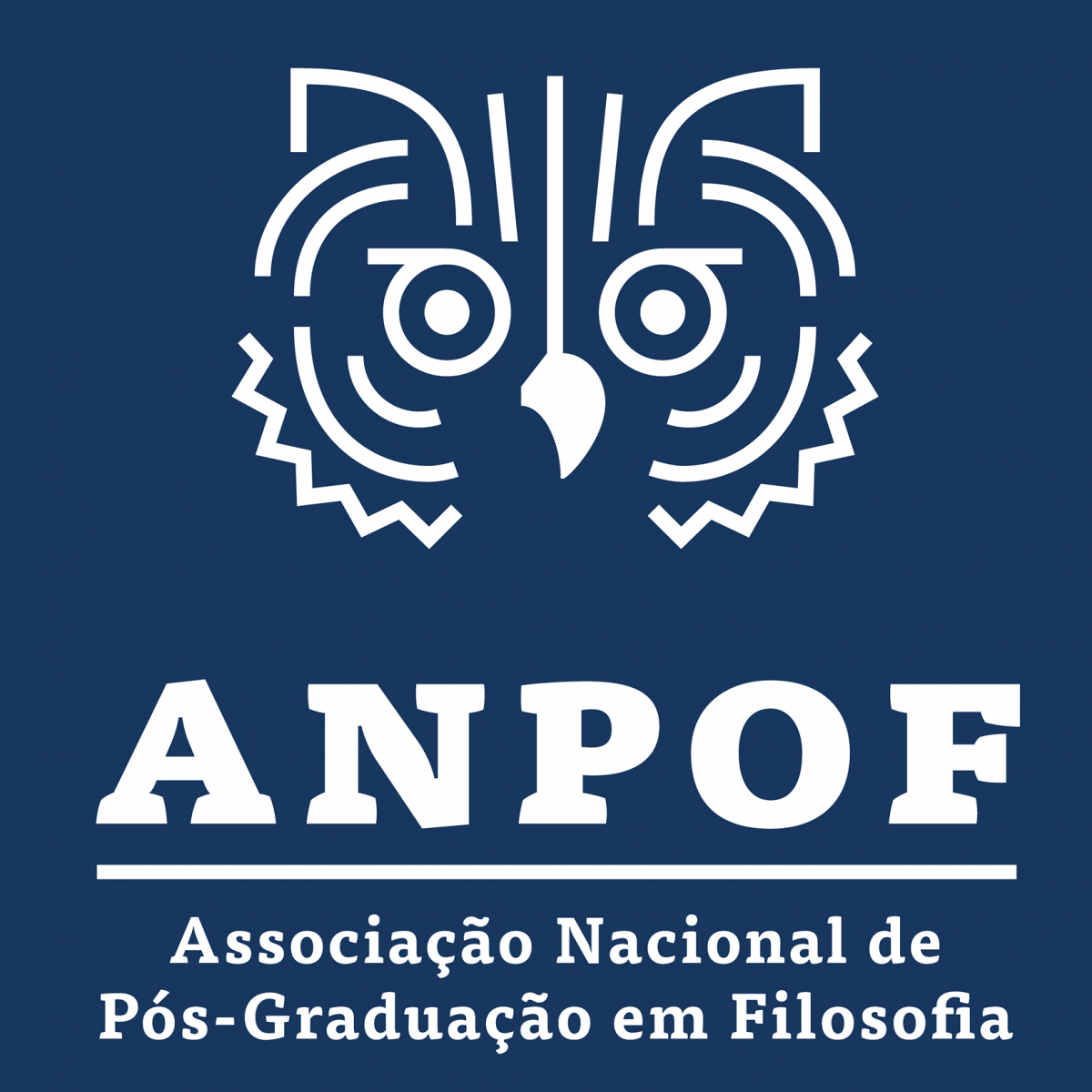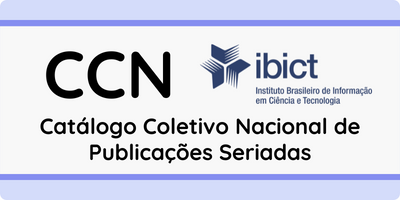REVISITING LIBET’S EXPERIMENT
CURRENT CONTRIBUTIONS OF NEUROSCIENCE TO THE FREE-WILL ISSUE
Keywords:
Free will, Neuroscience, Libet’s experimentAbstract
For a long time, the question of the existence of free will has
fueled philosophical debate with no definitive solution. Libet’s paradigm (1983) seemed to demonstrate that simple and apparently voluntary movements could be triggered not by consciousness, but by preconscious or random brain processes. Such findings had wide repercussions in the academic and scientific circles, triggering an extensive discussion among neuroscientists, philosophers and jurists. Exploring the interfaces between neuroscience and free will, the present work aims to formulate an updated synthesis of the diverse problematizations about the Libetian findings. It appears that Libet’s essay, although repeatedly analyzed and replicated in recent decades, still lacks a definitive interpretation, in part due to methodological controversies and specific conceptual shortcomings. The deepening of these investigations, combined with the new discoveries
offered by neuroscience, can enrich research on free will in the coming years.
Downloads
References
BAKER, K. et al. “Attention and the readiness for action”. Neuropsychologia, Londres, Vol. 49, pp. 3303-3013, 2011.
BLACKMORE, S. “Consciousness: An Introduction”. Nova Iorque: Oxford University Press, 2011.
BODE, S. et al. “Tracking the unconscious generation of free decisions using ultra-high field fMRI”. PLoS ONE, São Francisco, Vol. 6, Nr. 6, p. e21612, 2011.
BRAUN, M., WESSLER, J., FRIESE, M. “A meta-analysis of Libet-style experiments”. Neuroscience and Biobehavioral Reviews, Vol. 125, pp. 296-307, 2021. Disponível em:
https://www.sciencedirect.com/science/article/abs/pii/S0149763421002578 (Acessado em 19 de janeiro de 2023).
BRASS, M., FURSTENBERG, A., MELE, A. “Why neuroscience does not disprove free will”. Neuroscience & Biobehavioral Reviews, Vol. 102, pp. 251-261, 2019. Disponível em: https://doi.org/10.1016/j.neubiorev.2019.04.024 (Acessado em 25 de novembro de 2022).
BREITMEYER, B. “Problems with the psychophysics of intention”. The Behavioral and Brain Sciences, Cambridge, Vol. 8, Nr. 4, pp. 539-540, 1985. Disponível em: https://www.cambridge.org/core/journals/behavioral-and-brain-sciences/article/abs/problems-with-the-psychophysics-of-intention/CF0067690228180E875C9BFD1EFF805C (Acessado em 22 de março de 2023).
BRIDGEMAN, B. “Free will and the functions of consciousness”. The Behavioral and Brain Sciences, Cambridge, Vol. 8, Nr. 4, p. 540, 1985. Disponível em: https://www.cambridge.org/core/journals/behavioral-and-brain-sciences/article/abs/free-will-andthe-
functions-of-consciousness/EECCA216C689EE95B76CE7B6049CB155 (Acessado em 22 de março de 2023).
CARUSO, G. “Free Will and Consciousness: A Determinist Account of the Illusion of Free Will”. Lanham: Lexington Books, 2012.
DANTO, A. “Consciousness and motor control”. The Behavioral and Brain Sciences, Cambridge, Vol. 8, Nr. 4, pp. 540-541, 1985.
DENNETT, D. “Freedom Evolves”. Londres: Penguin Books, 2003.
DESCARTES, R. “Meditations on First Philosophy”. Tradução de John Cottingham. Cambridge: Cambridge University Press, 1996.
DOTY, R. “The time course of conscious processing: vetoes by the uninformed?” The Behavioral and Brain Sciences, Cambridge, Vol. 8, Nr. 4, pp. 541-542, 1985.
EBERT, J., WEGNER, D. “Bending time on one’s will”. In: SINNOT-ARMSTRONG, W., NADEL, L. (eds.). Conscious Will and Responsibility: a Tribute to Benjamin Libet. Nova Iorque: Oxford University Press, 2011. pp. 134-145.
FÉLIX, F. “O estado atual do legado de Benjamin Libet, sua coerência e seu impacto na filosofia da mente e no estudo do livre arbítrio”. Dissertação de mestrado. Universidade Federal do Ceará, 2014.
FRIED, I., MUKAMEL, R., KREIMAN, G. “Internally generated preactivation of single neurons in human medial frontal cortex predicts volition”. Neuron, Cambridge, Vol. 69, pp. 548-562, 2011.
GAZZANIGA, M. “Who’s in Charge? Free Will and the Science of the Brain”. Nova Iorque: Harper Collins Publishers, 2011.
GREENE, J. “Moral Tribes: Emotion, Reason, and the Gap Between Us and Them”. Penguin Press, 2013.
HAGGARD, P., LIBET, B. “Conscious intention and brain activity”. Journal of Consciousness Studies, Londres, Vol. 8, Nr. 11, pp. 47-63, 2001.
HAGGARD, P. et al. “Do readiness potentials happen all the time?” Neuroimage, Vol. 202, 116143, 2020. Disponível em: https://pubmed.ncbi.nlm.nih.gov/31629833/(Acessado em 2 de janeiro de 2023).
HARRIS, S. “Free Will”. Free Press, 2012.
HONDERICH, T. “On Determinism and Freedom”. Edimburgo: Edinburgh University Press, 2005.
JUNG, R. “Voluntary intention and conscious selection in complex learned action”. The Behavioral and Brain Sciences, Cambridge, Vol. 8, Nr. 4, pp. 544-545, 1985.
KORNHUBER, H., DEECKE, L. “The Will and its Brain: An Appraisal of Reasoned Free Will”. UPA, 2012.
______. “Changes in the brain potential in voluntary movements and passive movements in man: readiness potential and reafferent potentials”. Pflugers Archiv: European Journal of Physiology, Vol. 284, Nr. 1, pp. 1-17, 1965.
LATTO, R. “Consciousness as an experimental variable: problems of definition, practice, and interpretation”. The Behavioral and Brain Sciences, Cambridge, Vol. 8, Nr. 4, pp. 545-546, 1985.
LAVAZZA, A. “Free Will and Neuroscience: From Explaining Freedom Away to New Ways of Operationalizing and Measuring It”. Frontiers in Human Neuroscience, Vol. 10, 262, 2016. Disponível em: https://www.ncbi.nlm.nih.gov/pmc/articles/PMC4887467/ (Acessado em 12 de janeiro de 2023.
LIBET, B. “Unconscious cerebral initiative and the role of conscious will in voluntary action”. The Behavioral and Brain Sciences, Vol. 8, pp. 529-566, 1985.
LIBET, B. et al. “Control of the transition from sensory detection to sensory awareness in man by the duration of a thalamic stimulus: the cerebral ‘time-on’ factor”. Brain, Vol. 114, pp. 1731-1757, 1991. Disponível em: https://pubmed.ncbi.nlm.nih.gov/1884176/
(Acessado em 3 de janeiro de 2023).
______. “Time of conscious intention to act in relation to onset of cerebral activity (readiness-potential) – the unconscious initiation of a freely voluntary act”. Brain, Vol. 106, pp. 623-642, 1983.
MACKAY, D. “Do we ‘control’ our brains?” The Behavioral and Brain Sciences, Vol. 8, Nr. 4, p. 546, 1985.
MATSUHASHI, M., HALLETT, M. “The timing of the conscious intention to move”. European Journal of Neuroscience, Vol. 28, Nr. 11, pp. 2344-2351, 2008.
MELE, A. “Free Will and Luck”. Nova Iorque: Oxford University Press, 2006.
MILL, J. S. “On liberty”. Mineola, Nova Iorque: Dover Publications, 2002.
MIRANDA, I. E. F. A. “O (falso) problema da culpabilidade penal: sobre as possibilidades de diálogo entre direito penal e neurociências”. Dissertação de mestrado. Universidade Federal de Minas Gerais, 2018. Disponível em: https://repositorio.ufmg.br/bitstream/1843/
BUOS-B9MK23/1/o_falso_problema_penal.pdf (Acessado em 22 de março de 2023).
NELSON, R. “Libet’s dualism”. The Behavioral and Brain Sciences, Vol. 8, Nr. 4, p. 550, 1985.
PEREBOOM, D. “Free Will”. Indianápolis: Hackett Publishing, 2009.
POCKETT, S. “On subjective back-referral and how long it takes to become conscious of a stimulus: a reinterpretation of Libet’s data”. Consciousness and Cognition, Vol. 11, pp. 144-161, 2002.
SCHOPENHAUER, A. “On the Freedom of the Will”. (Tradução de Konstantin Kolenda). Mineola, NY: Dover Publications, 2010.
SCHURGER, A., SITT, J., DEHAENE, S. “An accumulator model for spontaneous neural activity prior to self-initiated movement”. PNAS, Vol. 109, Nr. 42, pp. E2904-E2913, 2012. Disponível em: https://www.pnas.org/content/109/42/e2904 (Acessado em 20 de dezembro de 2022).
SEARLE, J. “Consciousness and the problem of free will”. In: BALMEISTER, R., MELE, A., VOHS, K. (orgs.). Free Will and Consciousness – How Might They Work? Nova Iorque: Oxford University Press, 2010. pp. 121-134.
ROSKIES, A. et al. “What Is the Readiness Potential?” Cell. Trends of Cognitive Science, Vol. 25, Nr. 7, pp. 558-570, jul. 2021. Disponível em: https://www.cell.com/trends/cognitive-sciences/fulltext/S1364-6613(21)00093-0 (Acessado em 4 de dezembro de 2022).
SOON, C. S. et al. “Unconscious determinants of free decisions in the human brain”. Nature Neuroscience, Vol. 11, pp. 543-545, 2008. Disponível em: https://www.nature.com/articles/nn.2112 (Acessado em 10 de dezembro de 2022).
VELMANS, M. “How could conscious experience affect brains?” Journal of Consciousness Studies, Vol. 9, Nr. 11, pp. 3-29, 2002.
WASSERMAN, G. “Neural/mental chronometry and chronotheology”. The Behavioral and Brain Sciences, Vol. 8, Nr. 4, pp. 556-557, 1985.
WOOD, C. “Pardon, your dualism is showing”. The Behavioral and Brain Sciences, Vol. 8, Nr. 4, pp. 557-558, 1985.
Downloads
Published
How to Cite
Issue
Section
License
Copyright (c) 2023 Revista Kriterion

This work is licensed under a Creative Commons Attribution 4.0 International License.

